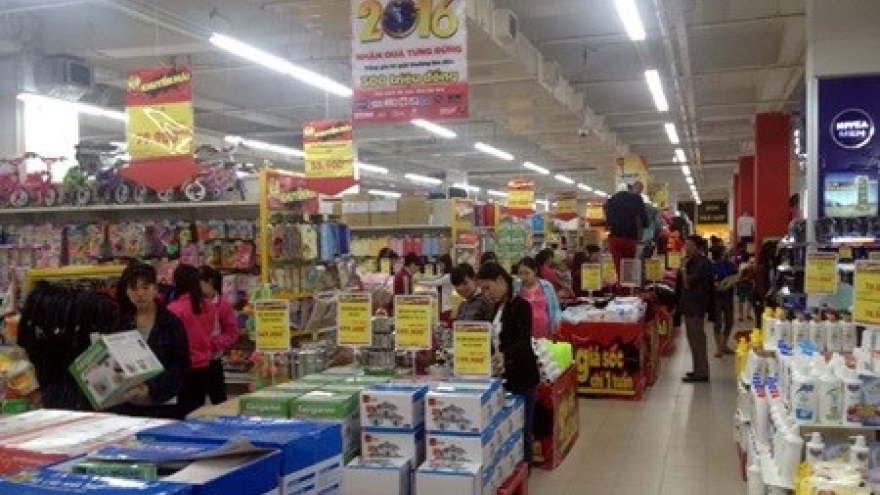In 2008, A.T Kearney ranked Vietnam among the world’s most attractive markets, above Hong Kong, China, Singapore and Malaysia.
However, Vietnam has been falling in the list and has been excluded from the top 30.
In 2015, Casino, the former owner of Big C, decided to sell the entire Big C Vietnam, though Big C was the second largest retailer in Vietnam at that time.
Casino, in its press release, said that it needed money to pay debt. However, analysts commented that the real reason was that the Vietnamese market was not attractive enough in the eyes of the French group.
Having been present in Vietnam for 13 years, Big C Vietnam earned the turnover of VND12 trillion a year, or EUR500 million, which was only 1 percent of the total revenue of EUR50 billion of the whole group.
Prior to that, Metro Cash & Carry, a German distribution group, also decided to leave after 12 years of doing business in Vietnam, following a transfer worth EUR655 million. Metro Cash & Carry had the largest turnover in Vietnam, after Big C and Saigon Co-op.
The departure of the second and third biggest players, in the eyes of some analysts, means the Vietnamese market is no longer attractive.
However, other analysts don’t think so. The proof is that Big C and Metro both could sold for very high prices. Metro was transferred at the price of 655 million, while Big C Vietnam sold for US$1.1 billion, the largest-ever merger & acquisition affair in Vietnam.
The information about the transfer has caught the attention from many investors. In Big C case, for example, some powerful conglomerates from Japan, Thailand and Vietnam also showed their interest in the retail chain. At least three Vietnamese enterprises, including Masan Group, competed for Big C Vietnam.
Sources said that TCC Group, the Thai group which took over Metro Cash & Carry, nearly succeeded in acquiring Big C. However, Big C has finally fallen into the hands of another Thai investor – Central Group.
The Central Group sold Big C Thailand to the TCC Group to gather strength to buy Big C Vietnam. The decision shows that Central Group puts high hopes on the Vietnamese market.
According to EIU, the Vietnamese retail market in 2016 is expected to be valued at US$97 billion and the figure may reach US$122 billion by 2018. The figures show that the Vietnamese retail market is by far smaller than Thailand’s, but the growth rate is much higher.




